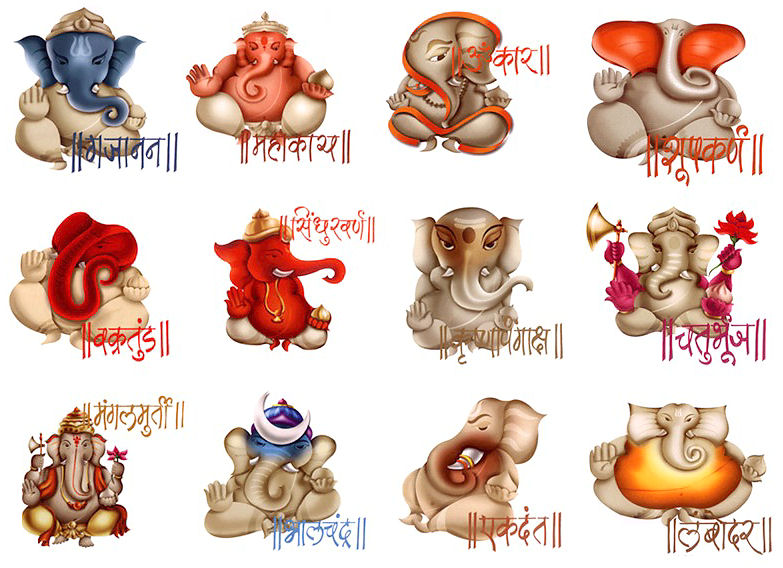Rangoli is an integral part in the dazzling Diwali celebration. Diwali Rangoli are special attractions when people decorates their floor or entrance with beautiful colors and flowers in various patterns, designs and shapes to welcomes their Guest with warms feelings. People are using colored powders, turmeric, colorful flower petals, or ground rice paste. It is believed that on Diwali, every entrance of every house is decorated with charming rangoli painting to welcome Goddess Lakshmi. Get inspiration from these traditional and artistic 20132 Diwali rangoli designs wallpapers and decorate your home on auspicious Diwali 2013 festival. From this diwali wishes site you can get diwali ragoli ideas and download deepvali rangoli patterns photos for your desktop, laptop and iPhone.





















